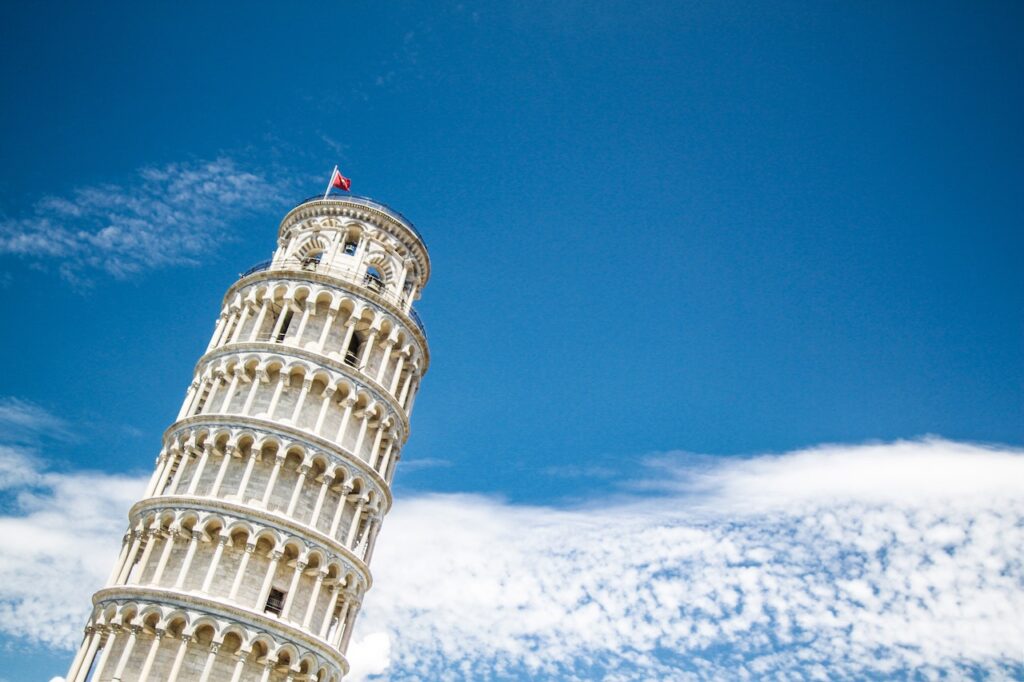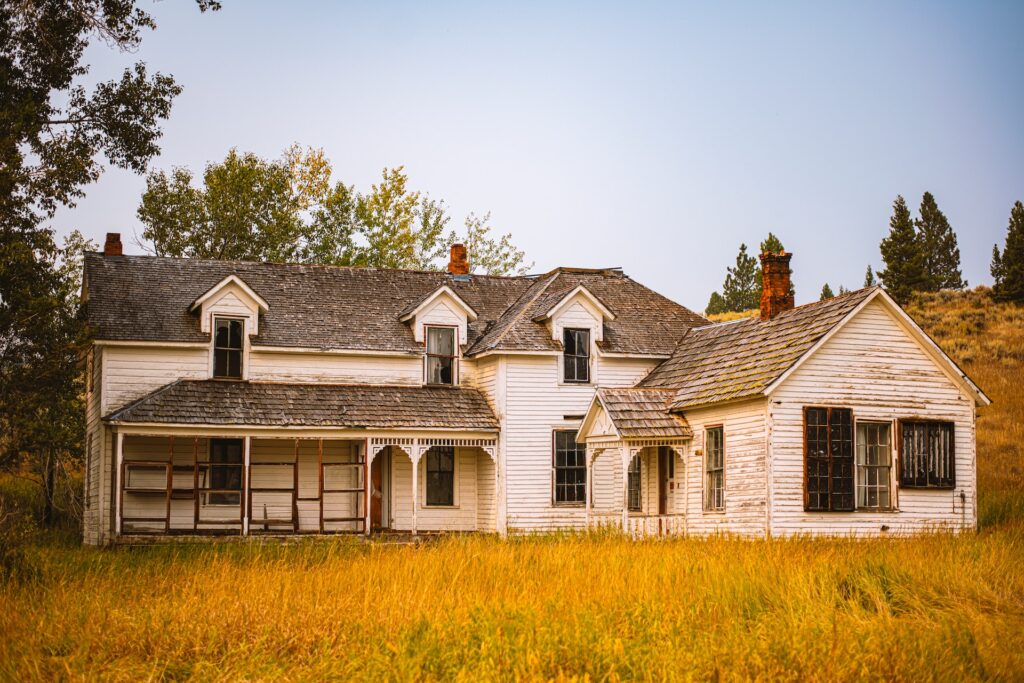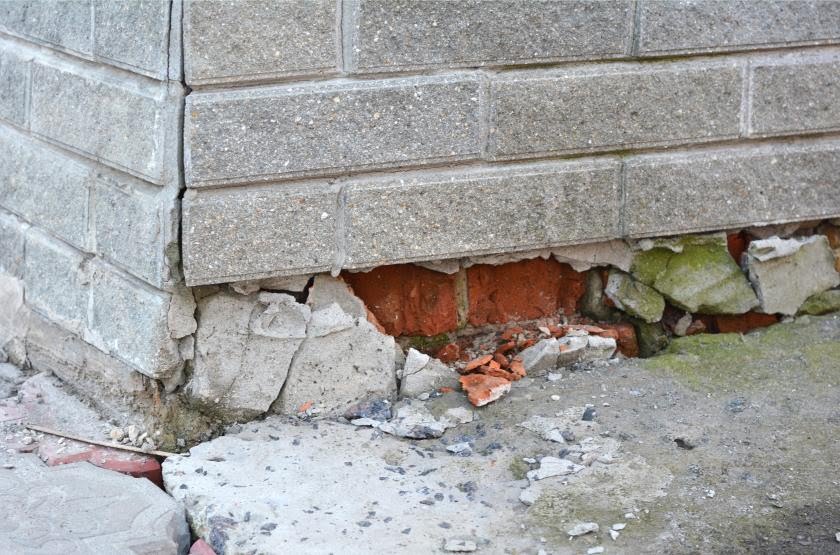The Puget Sound region, with its picturesque landscapes and coastal charm, is not immune to the challenges posed by foundation settling. As homeowners in the area are well-aware, the unique geological and environmental factors in the region can often lead to concerns about the stability and safety of their homes.
At Puget Sound Engineering, we’ve spent years addressing these very issues. This article aims to shed light on foundation settling in the Puget Sound area and offers valuable tips and techniques for combatting this common problem.
Understanding Foundation Settling
Foundation settling refers to the gradual sinking or downward movement of a foundation due to changes in the soil underneath. While some amount of settling is normal and expected, excessive or uneven settling can result in significant structural damage.
Several factors can contribute to foundation settling in the Puget Sound:
- Soil Composition: The type of soil on which your house is built plays a crucial role. Loosely packed soils, like silt and clay often found in this region, can expand and contract significantly with moisture changes, leading to movement.
- Soil Erosion: Heavy rainfalls can wash away the soil supporting your foundation, causing it to sink.
- Ground Shifting: Earthquakes, however minor, can shift the ground and lead to settling.
- Improper Ground Preparation: During construction, if the ground isn’t compacted correctly, it can lead to uneven settling later.
Tips and Techniques to Combat Foundation Settling
- Routine Inspections: Regularly inspect your foundation for cracks, gaps, or any signs of movement. Early detection can prevent minor issues from turning into major problems.
- Gutters and Downspouts: Ensure that your gutters are clean and downspouts are positioned to divert water at least 10 feet away from the foundation. This prevents soil erosion and reduces pressure on the foundation walls.
- Landscaping Slope: Ensure the ground around your foundation slopes away from the house. This helps in diverting rainwater away from the foundation and prevents pooling.
- Deep Foundation Systems: For houses in particularly problematic areas, consider deep foundation systems like piers or pilings. These go deep into the ground, anchoring the building to more stable soil layers.
- Foundation Underpinning: This technique strengthens an existing foundation by extending it to a more stable layer of soil. It’s particularly effective if your home was built on expansive clay or fill soils.
- Soil Grouting: This method involves injecting a mixture into the soil to solidify it, enhancing its load-bearing capacity and reducing its susceptibility to water.
- Tree Planting: Plant trees at a safe distance from your home. While they absorb water from the soil, preventing excessive expansion, their roots can also cause soil contraction if too close to the foundation.
- Earthquake Retrofitting: Given the seismic activity in the region, retrofitting your home can reduce the risk of foundation damage due to earthquakes.
In Conclusion
Foundation settling in the Puget Sound region can be a concern, but with the right precautions and maintenance, homeowners can effectively combat the challenges it poses. While some preventive measures can be DIY, always consult with a structural engineer or expert before making significant changes.
At Puget Sound Engineering, we pride ourselves on our deep understanding of the region’s unique challenges and our ability to offer innovative and lasting solutions. If you suspect your foundation may be settling or simply need guidance on preventive measures, do not hesitate to reach out to our team of experts.
Your home’s foundation is its bedrock. With diligence, awareness, and the right expertise, you can ensure it remains strong and secure for generations to come.



